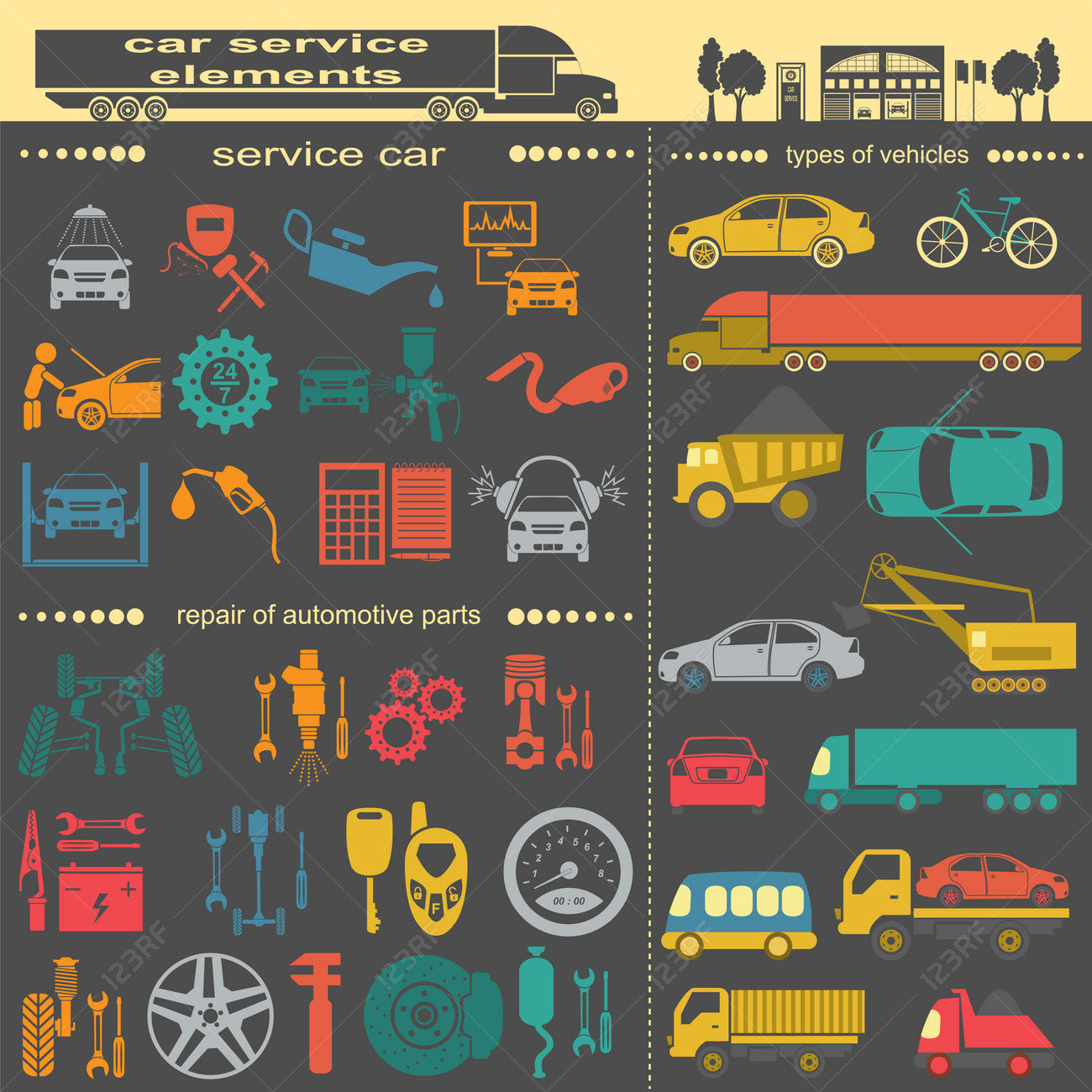Realizing The Value Of Your Cars And Truck'S Warning Signals: What They Actually Stand For
Realizing The Value Of Your Cars And Truck'S Warning Signals: What They Actually Stand For
Blog Article
https://ecu-tuning-shops-near-me17394.dgbloggers.com/30595078/explore-the-essential-factors-to-consider-that-will-allow-you-to-make-the-very-best-choices-for-your-lorry-s-upkeep By-Lim Torres
When you lag the wheel, those beautiful caution lights on your control panel can be a bit difficult. Do motorcycle wash near me understand what they're trying to inform you regarding your cars and truck's health and wellness? Comprehending the importance of these lights is crucial for your safety and security and the long life of your vehicle. So, the following time among those lights turns up, would not you intend to understand its message accurately and take the necessary actions to resolve it?
Common Warning Lights and Interpretations
Determine common caution lights in your cars and truck and comprehend their definitions to make sure secure driving.
One of the most common warning lights include the check engine light, which signals concerns with the engine or exhausts system. If this light begins, it's crucial to have your car examined immediately.
The oil stress warning light indicates reduced oil stress, needing instant attention to prevent engine damage.
A blinking battery light may recommend a faulty billing system, possibly leaving you stranded if not attended to.
https://www.pymnts.com/earnings/2022/b2b-customers-seek-digital-tools-when-buying-auto-parts/ tracking system (TPMS) light informs you to low tire pressure, influencing lorry security and fuel effectiveness. Overlooking this can cause risky driving conditions.
The abdominal light suggests a problem with the anti-lock stopping system, compromising your ability to stop quickly in emergency situations.
Finally, the coolant temperature alerting light warns of engine overheating, which can lead to severe damages otherwise fixed promptly.
Understanding these usual warning lights will certainly assist you address issues immediately and keep safe driving conditions.
Significance of Prompt Interest
Recognizing the typical caution lights in your cars and truck is only the initial step; the significance of immediately attending to these cautions can not be stressed enough to ensure your security on the road.
When a caution light brightens on your control panel, it's your cars and truck's way of communicating a potential issue that requires attention. Neglecting these warnings can result in more extreme troubles in the future, compromising your safety and possibly costing you a lot more out of commission.
Trigger attention to advising lights can protect against malfunctions and crashes. For example, a blinking check engine light could show a misfire that, if left neglected, might trigger damage to the catalytic converter. Addressing this without delay can save you from an expensive repair work.
Likewise, a brake system cautioning light could indicate reduced brake fluid or worn brake pads, important elements for your safety and security when driving.
Do It Yourself Troubleshooting Tips
If you observe a warning light on your dashboard, there are a couple of DIY fixing pointers you can attempt prior to seeking expert help.
The very first step is to consult your automobile's manual to understand what the particular warning light shows. Sometimes the issue can be as straightforward as a loosened gas cap activating the check engine light. Tightening up the gas cap may settle the issue.
An additional usual concern is a low battery, which can activate various warning lights. Checking the battery connections for deterioration and guaranteeing they're safe and secure could repair the trouble.
If a caution light persists, you can try resetting it by disconnecting the cars and truck's battery for a few mins and after that reconnecting it. Additionally, checking your car's liquid levels, such as oil, coolant, and brake fluid, can help repair warning lights connected to these systems.
Final thought
In conclusion, recognizing your car's caution lights is vital for keeping your car running efficiently and safely. By promptly addressing these notifies and recognizing what they indicate, you can avoid pricey fixings and potential breakdowns.
Remember to consult your cars and truck's manual for specific information on each warning light and act accordingly to guarantee a trouble-free driving experience.
Stay informed, remain safe when driving!
